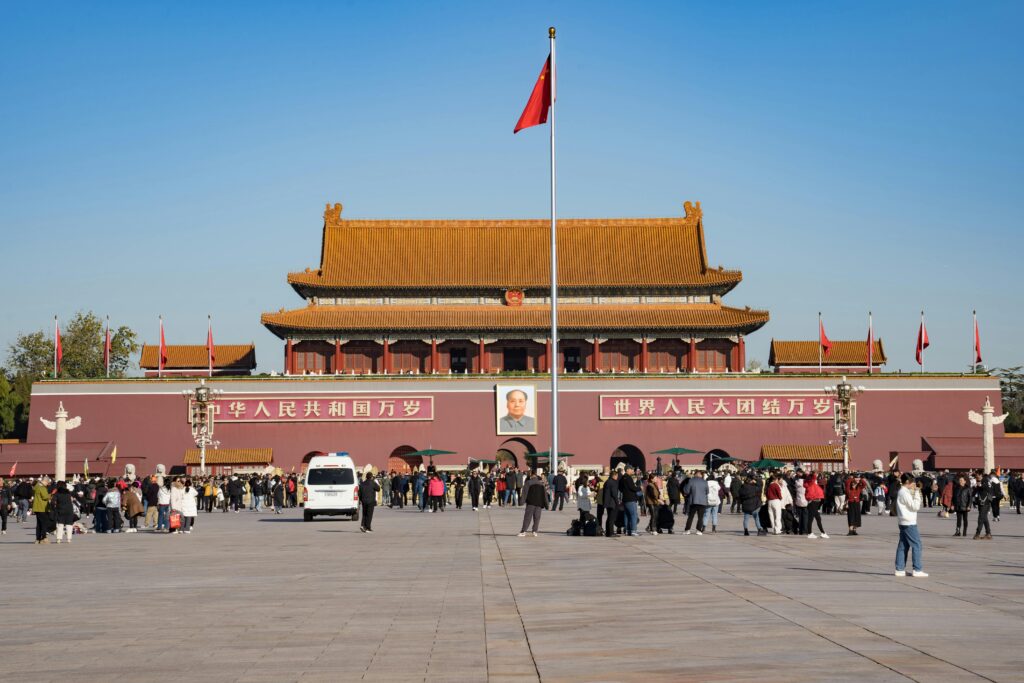In a bold and controversial move, former U.S. President Donald Trump has announced a steep 50% tariff on all Indian goods entering the United States. The decision comes as a direct response to India’s continued purchase of Russian oil amid the ongoing war in Ukraine. This development has triggered a wave of criticism, concern, and uncertainty across international markets, particularly affecting the already complex trade relationship between the U.S. and India.
What Led to the 50% Tariff Announcement?
On August 6, 2025, Donald Trump signed an executive order effectively doubling the existing tariff on Indian imports—from 25% to 50%. The action is being framed as part of Trump’s national security agenda, aimed at cutting off funding sources to Russia’s war machinery. Trump accused India of “indirectly financing the war in Ukraine” by continuing to buy discounted Russian crude oil.
According to his administration, the revenue generated from India’s oil trade with Russia ultimately ends up supporting the Kremlin’s military operations. Therefore, Trump argues, it is in America’s strategic interest to economically penalize nations that maintain strong commercial ties with Moscow.
This tariff hike will officially take effect on August 27, 2025, though goods already in transit may receive temporary exemptions.
India’s Oil Imports from Russia: The Background
India has significantly increased its oil imports from Russia since the war in Ukraine began in 2022. With global sanctions imposed on Russian oil by Western nations, Moscow began offering steep discounts to maintain revenue flow. India, being the world’s third-largest oil importer, saw an opportunity to reduce its energy import bill and enhance domestic price stability.
Despite Western pressure, Indian officials have repeatedly maintained that their energy strategy is based on national interest and affordability, not geopolitics. India’s stance is that as a sovereign nation, it has every right to purchase energy from any supplier that meets its needs—whether that’s Russia, the Middle East, or the United States.
India’s Response to Trump’s Move
Ministry of India of External Affairs responded sharply to the tariff hike. In a strongly worded statement, the Indian government called the move “unilateral, unjustified, and deeply disappointing.” It also highlighted the hypocrisy in targeting India while other large importers of Russian oil, such as China and Brazil, have not yet faced similar punitive measures.
Indian trade officials noted that this decision could severely impact bilateral trade, especially in sectors like textiles, gems and jewelry, pharmaceuticals, and engineering goods, which form the backbone of India’s exports to the U.S.
India has also stated that it will explore all possible avenues, including the World Trade Organization (WTO), to challenge the tariff hike and protect its economic interests.
What This Means for Indian Exporters
The 50% tariff is expected to have an immediate and significant impact on Indian exporters. Many small and medium enterprises (SMEs) that rely heavily on U.S. markets could see their profit margins wiped out.
Industries that are most at risk include:
- Textiles & Garments: One of the largest export categories to the U.S., this sector could see orders being redirected to lower-tariff countries like Bangladesh or Vietnam.
- Jewelry & Precious Stones: India is a global leader in diamond polishing and jewelry manufacturing. A 50% tariff could make Indian gems prohibitively expensive in the U.S. market.
- Machinery and Auto Parts: The U.S. is a major buyer of Indian industrial components. Tariffs could disrupt supply chains and encourage American buyers to look elsewhere.
Industry bodies like FICCI and CII have already begun lobbying for government support, including export subsidies and diplomatic engagement to resolve the crisis.
Impact on U.S.–India Relations
The timing of the tariffs hike could not have been worse for U.S.–India relations. Both countries have been working steadily toward deepening their strategic and economic ties in recent years, particularly in the areas of defense, clean energy, and technology.
Just last year, the two countries celebrated milestones under the “Mission 500” initiative, which aimed to increase bilateral trade to $500 billion by 2030. The tariff move puts that entire vision in jeopardy and risks undoing years of diplomatic progress.
Furthermore, Trump’s executive order sends a strong message that “America First” policies may be returning in full force should he win the 2024 presidential election.
Global Reactions and Oil Market Implications
Economists and political analysts around the globe are viewing the tariff as part of a broader strategy by the Trump camp to isolate Russia economically by targeting its key buyers. There is now speculation that other nations, including China, Brazil, and South Africa, could be next in line for similar tariff threats if they continue purchasing Russian oil.
This policy could also shake up the global oil market. If India is forced to reduce its Russian oil intake, demand for Middle Eastern crude could rise, putting upward pressure on global prices. For a country already battling inflation, this would pose serious economic challenges.
What Lies Ahead?
It remains to be seen whether India and the U.S. can resolve this issue diplomatically before the new tariff regime kicks in. India may also consider retaliatory tariffs or explore alternate trade partnerships with the EU, ASEAN, or BRICS nations to minimize dependency on the U.S. market.
The tariff hike is not just an economic move—it’s a geopolitical signal. It shows how trade and energy have become weapons in a global chess game where every nation must now navigate not only markets but also ideologies and alliances.
Conclusion
Trump’s decision to impose a 50% tariff on Indian imports in response to its Russian oil purchases marks a significant escalation in U.S.–India tensions. While the move aligns with his nationalistic policy vision, it could seriously damage trade relations and hurt businesses on both sides. For India, the path forward will involve a combination of diplomacy, economic diversification, and possibly legal recourse at the WTO.
As the August 27 deadline approaches, all eyes are now on how New Delhi and Washington handle this high-stakes standoff.




